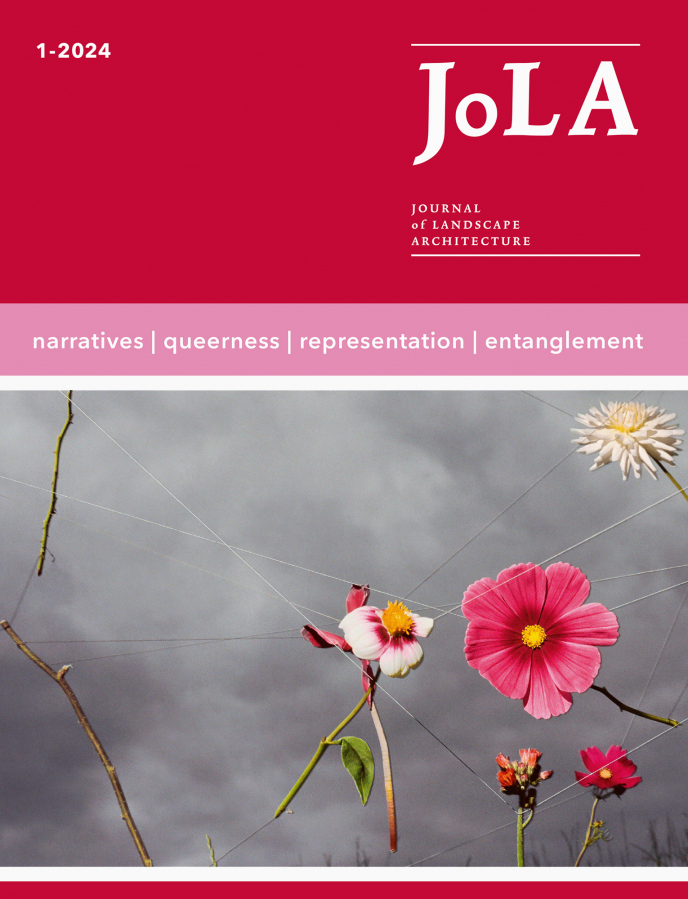RESEARCH
“Anti-Assimilationist Landscape”
2017︎︎︎2023
“Anti-Assimilationist Landscape”
2017︎︎︎2023
An essay on the queer spatial practices of Collier Schorr and David Benjamin Sherry.
Through a study of two series of landscape photographs by twenty-first century American artists, I proposes a theory of “anti-assimilationist landscape”: a politicized rejection of the conventions of landscape imagery and the repressive systems of land ownership, gender, and nation-building it sustains. Collier Schorr and David Benjamin Sherry make landscape images in sites with histories of gendered settler-colonial and white supremacist violence. The essay argues that their works function as both interpretation of those sites and a queer reclamation of them, enacting a political ecology of difference that invites a politics beyond the liberal-democratic notion of citizenship and the fascist notion of ‘blood and soil.’ Arguing for its applicability to landscape architecture theory and practice, I contrast this anti-assimilationist mode to the turn-of-the-millennium concept of ‘eco-revelation,’ proposing instead a queer aesthetics of obscuring and the potential of ‘becoming illegible’ as an environmentalist practice.
You can read the article in Journal of Landscape Architecture: “Anti-Assimilationist Landscape: Becoming Illegible as Queer Resistance to State Power.”
![]()
![]()
![]()
![]()
All Collier Schorr images were reproduced courtesy of 303 Gallery, New York.
All David Benjamin Sherry images were reproduced courtesy of Morán Morán.
Through a study of two series of landscape photographs by twenty-first century American artists, I proposes a theory of “anti-assimilationist landscape”: a politicized rejection of the conventions of landscape imagery and the repressive systems of land ownership, gender, and nation-building it sustains. Collier Schorr and David Benjamin Sherry make landscape images in sites with histories of gendered settler-colonial and white supremacist violence. The essay argues that their works function as both interpretation of those sites and a queer reclamation of them, enacting a political ecology of difference that invites a politics beyond the liberal-democratic notion of citizenship and the fascist notion of ‘blood and soil.’ Arguing for its applicability to landscape architecture theory and practice, I contrast this anti-assimilationist mode to the turn-of-the-millennium concept of ‘eco-revelation,’ proposing instead a queer aesthetics of obscuring and the potential of ‘becoming illegible’ as an environmentalist practice.
You can read the article in Journal of Landscape Architecture: “Anti-Assimilationist Landscape: Becoming Illegible as Queer Resistance to State Power.”




All Collier Schorr images were reproduced courtesy of 303 Gallery, New York.
All David Benjamin Sherry images were reproduced courtesy of Morán Morán.